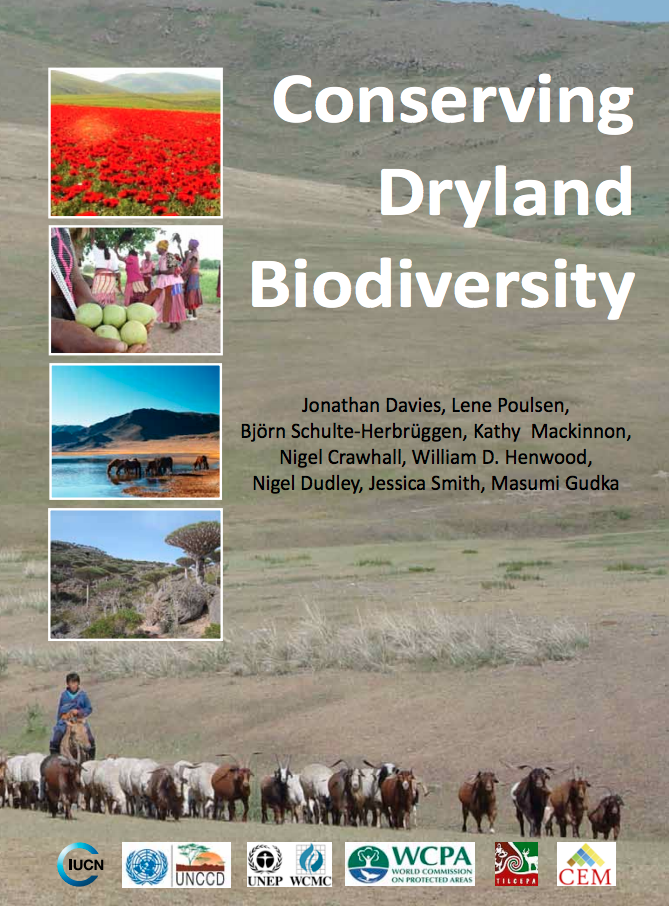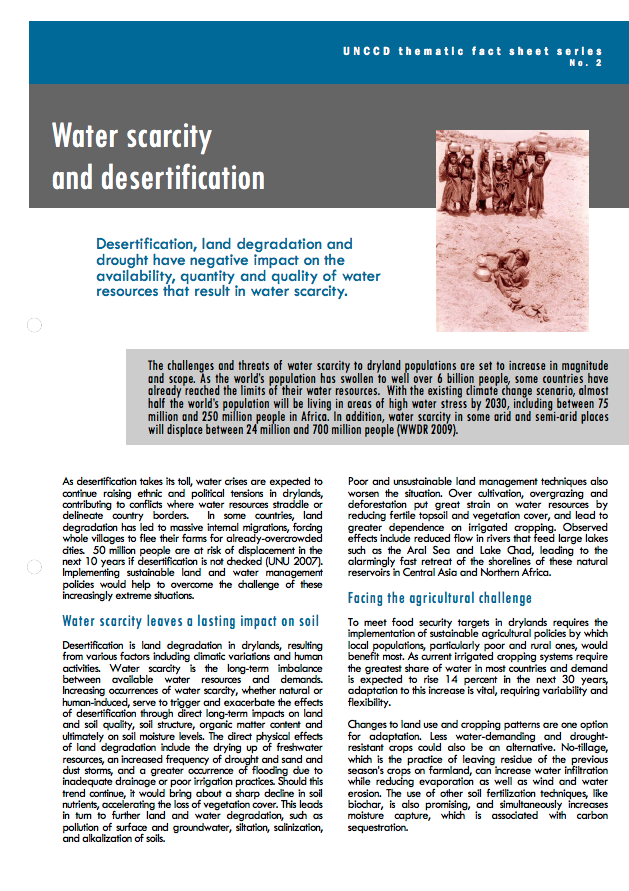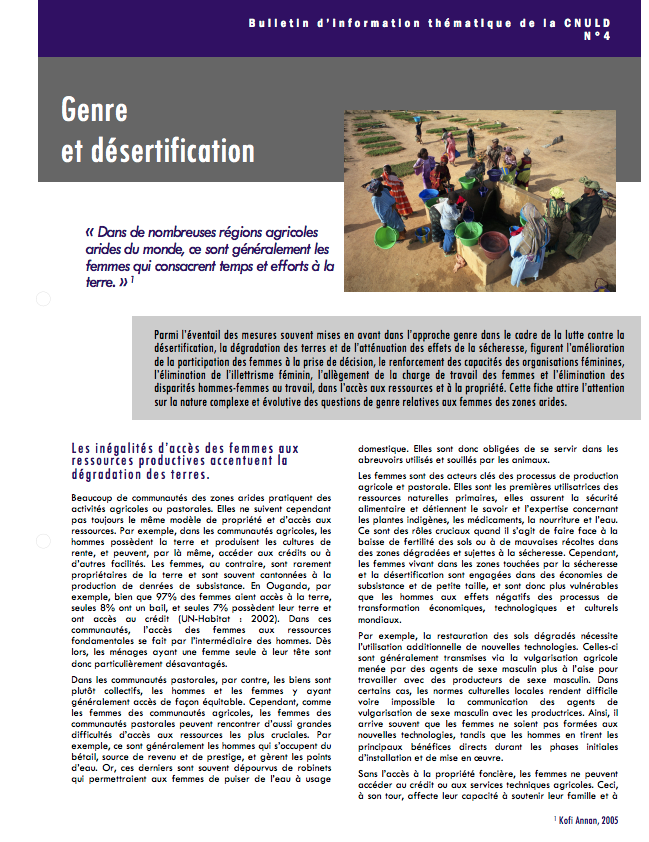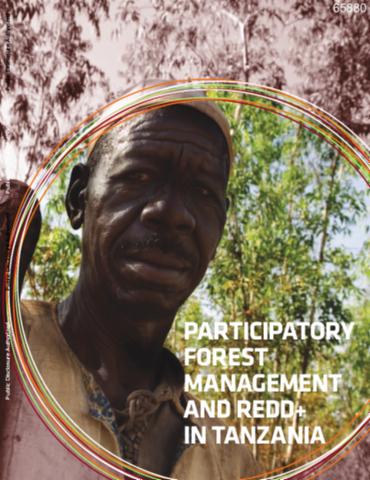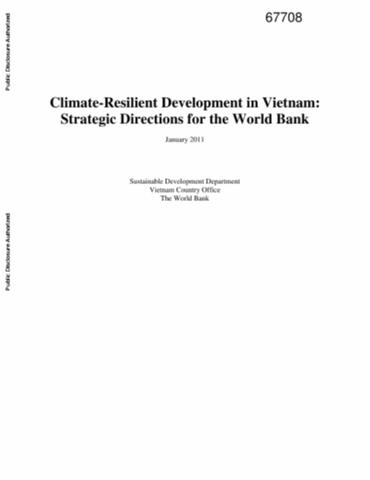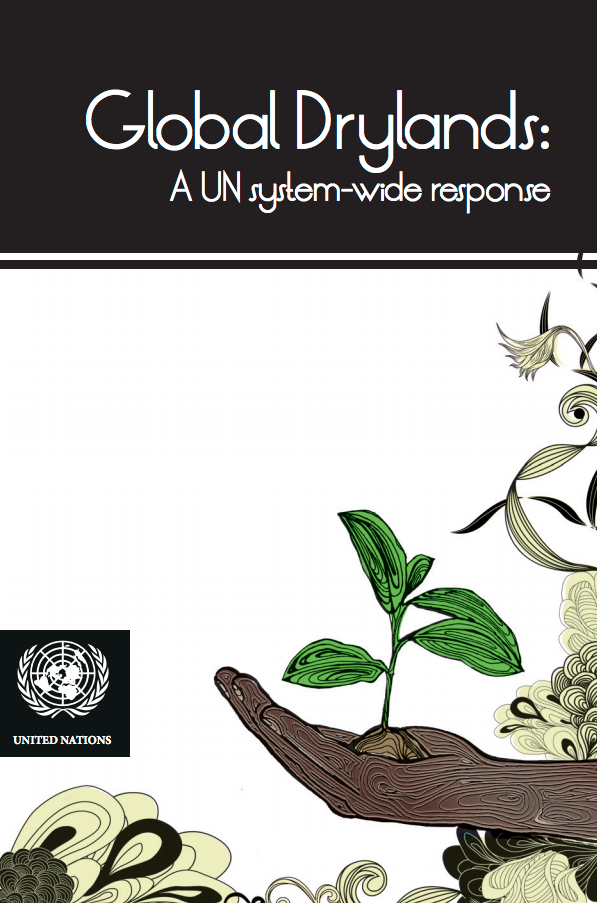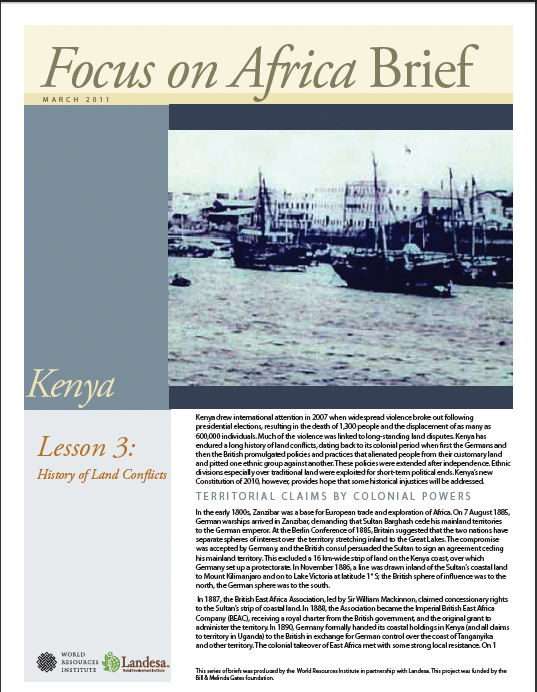Conserving Dryland Biodiversity
Dryland biodiversity is of tremendous global importance, being central to the well-being and development of millions of people in developing countries. In June 2012, at the UN Conference on Sustainable Development (or “Rio+20”), global leaders from governments and civil society reaffirmed the intrinsic value of biological diversity and recognised the severity of global biodiversity loss and degradation of ecosystems. Although drylands were implicitly recognised, there continues to be inadequate attention to this major biome that covers such a vast part of our world’s terrestrial surface.

